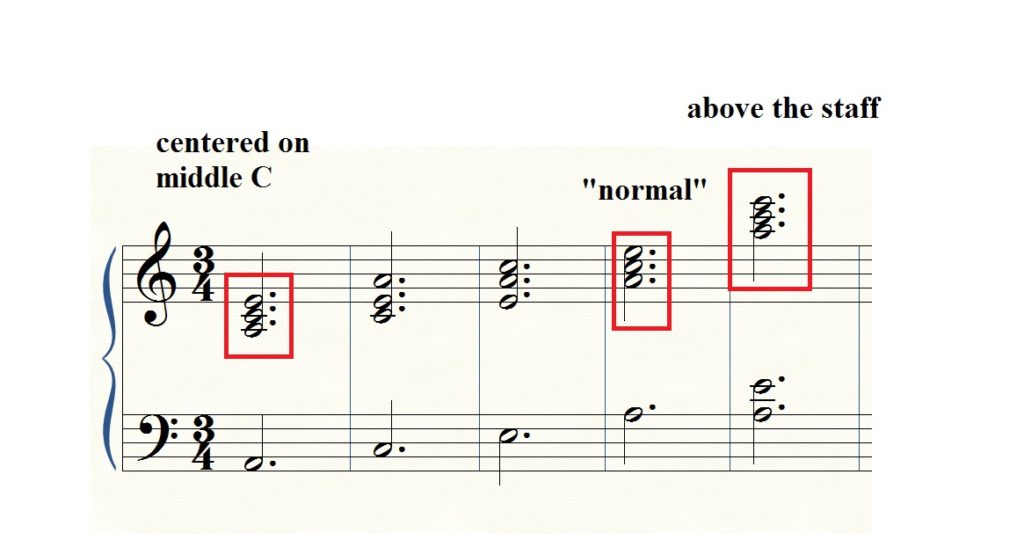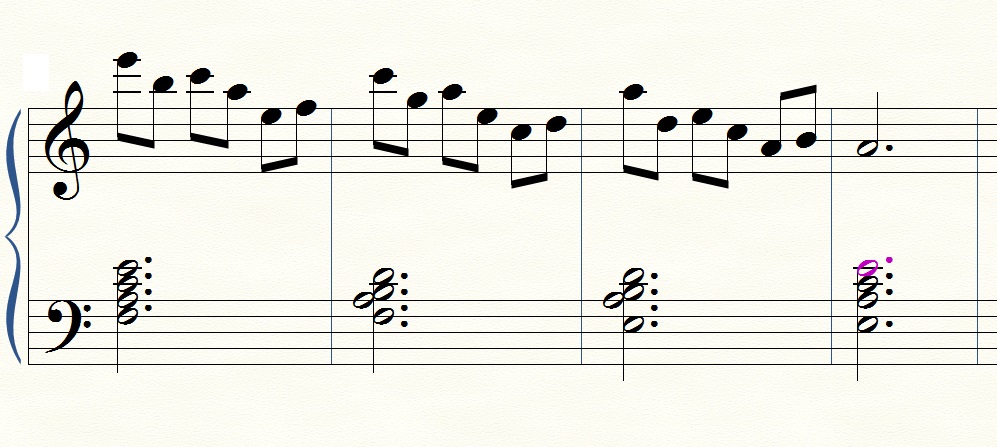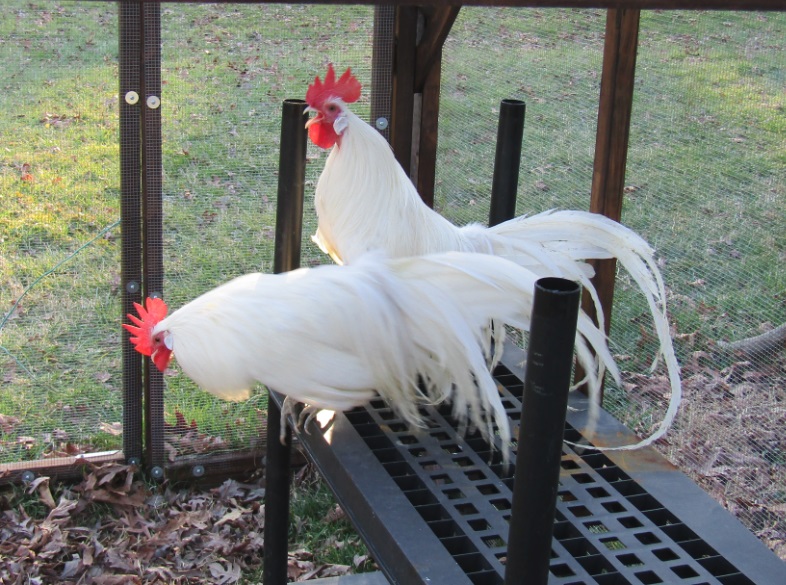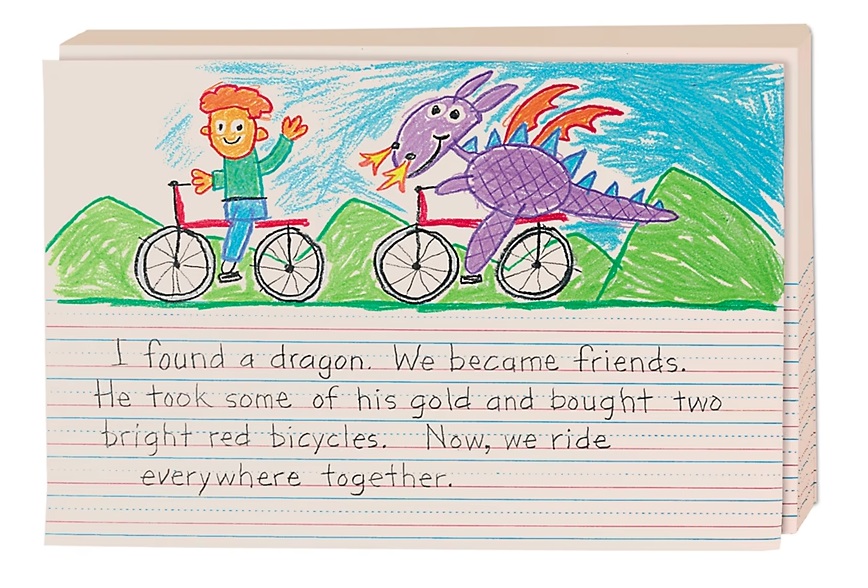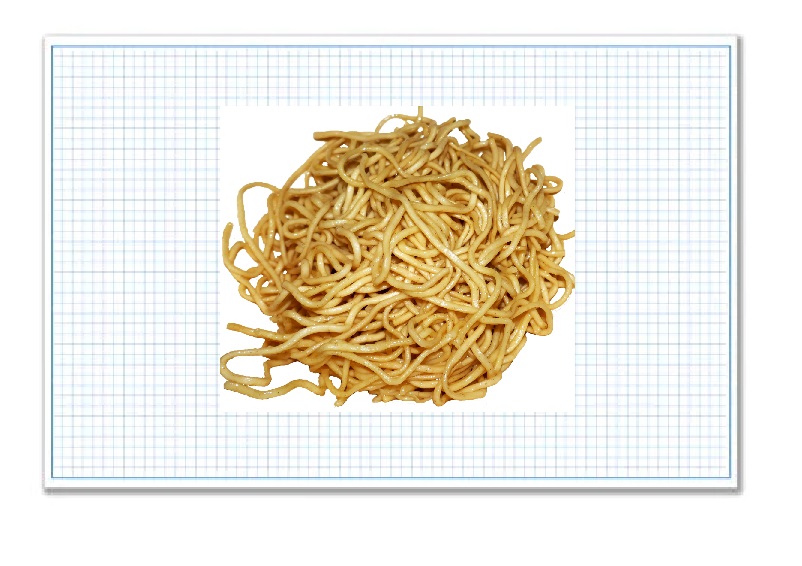Morning Noodle Report
I would love to be able to play arpeggios all up and down the keyboard. I can imagine how it would sound (“audiate”), but my hands can’t do it gracefully, and I certainly couldn’t read it! After doing the Morning Noodle I wrote some of it out in Finale. When I had written it by hand, the notes on ledger lines looked horrifying, like Terra Incognito. But when written neatly via Finale it looked less intimidating.
I can’t remember, when I was in elementary school did have trouble reading my own handwriting?
I played some modified arpeggios based on inversions of A minor. The pattern is: top note of the arpeggio, approach second note from underneath, third note of arpeggio, then bottom note and up one.
The chords I used are Fma7 (FACE) Dm6 (FABD), Asus2 (EABD) and Am in the 2nd inversion (EACE).
This could be over a bassline of F, G, A — the ol’ flat 6, flat 7, 1 of a minor scale.
That means that FABD is, like, a G9 with the G missing
Ending on an Am in the second inversion means it’s a cadence but not a perfect cadence, I forget what they are called. Imperfect?
I just remembered, there is a nice chord progression based on FACE FABD
FACE FABD EGBD EGAC / DFAC DFGB CEGC
Fma7 Dm6 Em7 Am7 / Dm7 G7 C
IV ii iii vi / ii V7 I
“Make Video Games”
We are making good progress on getting my new rig together. The motherboard arrived, and the graphics card is on the way. I still have to make some decisions about RAM, storage, and fans. (Budget? Go all out? Should I get shiny ones with rainbow LEDs?) I’m getting more excited about jumping into Unreal 5 and trying things out — just putting objects together and adding sound to it. For example, you walk up to a sphere and as you get closer the sound is louder. Or the sound changes.
Here’s Thor Hall encouraging beginners like me to give it a try. Someone called him the Mister Rogers of game design and that seems so fitting.
Another thing I’m looking forward to with the new rig is downloading some music software. I’m especially looking forward to this plugin, called “Noctua”. Cameron had the idea to put together a collection of samples, including ones he recorded using a microphone that can “hear” electromagnetic fields (called an EMF microphone). With help from folks at UVI and after a year of work, this collection of samples became an actual software instrument, with ways to modify the sounds and layer them. Cameron’s project is free, and the plugin from UVI required to play it (called UVI Workstation) is free also.
Noctua
https://www.uvi.net/noctua
Workstation
https://www.uvi.net/uvi-workstation.html
Special music paper
Lately I have been trying to set up my daily schedule so that I do very specific things at specific times, so that the habit gets locked in. For example one new habit is the Sunset Chicken Visit. Every day close to sunset my husband takes the dog for a walk. I use that as my cue to drop whatever I’m doing and head out to the chicken coop to deliver their food, water and snacks. This has been working really well because it’s a small enough task that I can jump up and take care of it. We’re not talking clean the entire coop — just a quick delivery!
I was trying to think of a similar habit to encourage making music every day. I really enjoy sitting at the piano while having my morning coffee (being very careful not to get coffee on the piano!!!); I enjoy playing random melodies and figuring out chords to accompany them. But since my music notation skills are still weak, when I scratch stuff down, it’s by spelling the chords out. On one sheet of notebook paper there’s the melody, the chord symbols, the chord voicing spelled out, and maybe some noteheads to indicate a rhythm. It’s hard to read.
What would be pleasant to write on? Easier to read?
When I was in elementary school, I always liked using the giant paper that had room for a drawing at the top and writing at the bottom.
Like this paper, found here:
https://www.lakeshorelearning.com/products/language/writing-grammar/red-baseline-jumbo-picture-story-newsprint/p/TA2694/
So I got myself some fancy graph paper. The sheets are huge (11 x 17) and are bound to a stiff cardboard backing. The paper is blank on the back, and is solid enough that it stands up to lots of erasing. It sits beautifully on the piano’s music ledge. I also got some 3-ring binders that are 11 x 17 and open sideways (landscape orientation).
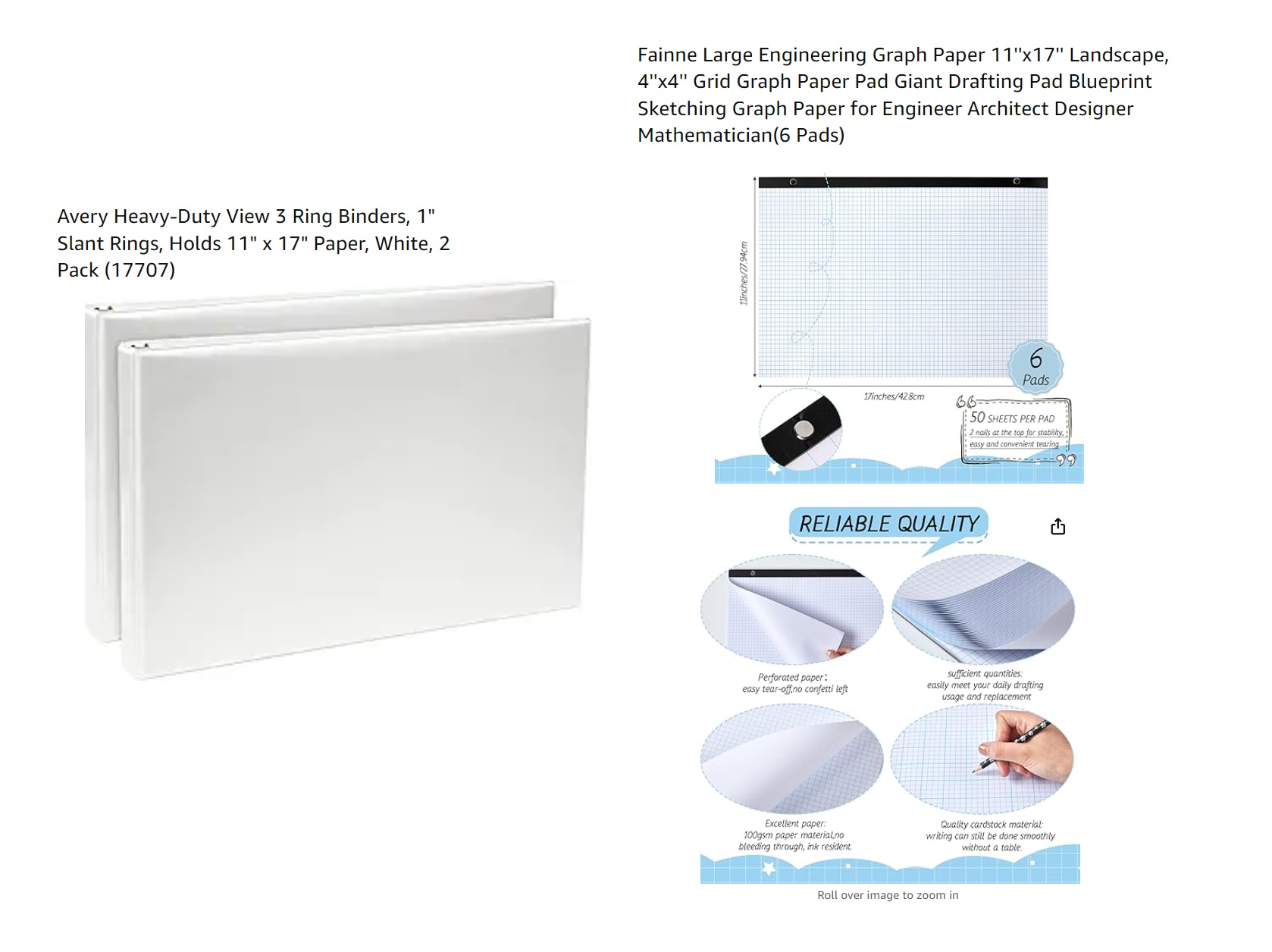
I’m not going to be taping my art to the refrigerator, so I thought this might be a good way to make a ritual out of it. Look, look! Another sheet in the special binder!
My goal is to fill a page with ideas every morning. Noodling. Remember I write really big, like a second grader, so “filling a page” is not a lot. Yesterday’s page took two hours and today’s took an hour and 15 minutes.
I remember reading Julia Cameron’s book The Artist’s Way; she talks about making a habit of morning writing
Morning Pages are three pages of longhand, stream of consciousness writing, done first thing in the morning. *There is no wrong way to do Morning Pages*–they are not high art. They are not even “writing.” They are about anything and everything that crosses your mind– and they are for your eyes only. Morning Pages provoke, clarify, comfort, cajole, prioritize and synchronize the day at hand. Do not over-think Morning Pages: just put three pages of anything on the page…and then do three more pages tomorrow.
https://juliacameronlive.com/basic-tools/morning-pages/
So I will be doing Morning Noodle Pages!
David Bennett’s New Computer
I love this video where David Bennett talks about recreating “I am the Walrus”. He used dozens? of virtual instruments in his DAW and was very thankful to have a new computer that could stand up to the load.
What PC is best for music? video editing? game design?
This weekend I spent several hours watching videos about how to put together a PC for different purposes. In my case I want to do music production, video editing, and game design using Unreal 5.
This particular build was specifically for gaming
Here’s a guy who specializes in video editing. I thought his metaphors (CPU is like engine, motherboard is like chassis) were very helpful.
https://www.youtube.com/watch?v=w4twTZpRn_k
He described how he has 3 hard drives (not disk drives, but the new NVMe solid state drives). One is for the operating system and his software; one (called D) is for data, and the 3rd one (called V) is for just video. He also has external storage, what I have always called an external disk drive, but he referred to as NAS (Network Attached Storage). He uses that for video that he is not actively working on, and also for backup.
He mentions the following site to help you figure out what power supply you’ll need for all the parts
https://www.newegg.ca/tools/power-supply-calculator/
Here is Venus Theory, who makes electronic music (using lots of plugins), creates sophisticated videos, and is also a gamer. He posted this 2 years ago
https://www.youtube.com/watch?v=eyGLaqN4nDo
Here’s another video about building a PC specifically for music production. At the end of the video he puts it to the test by loading something like 60 instruments at the same time. He also talks about a new type of music plugin that takes advantage of your graphics card instead of doing all the work on the CPU.
Here Microcenter builds a PC for editing their in-house videos
This talks about how different parts of the PC are responsible for what part of the process
https://www.youtube.com/watch?v=s2O7P7Bmvg8
When I made videos before, I used Movavi and I’m trying to figure out what to try next. I really don’t want to get into Adobe’s subscription model. I had heard about free software called Davinci Resolve and didn’t understand how it could be free! After watching this video I understand better. I guess the business model is comparable to that of Unreal 5 (free until you make X amount of money with it; then they get a percentage of your earnings). In the case of Resolve the base version is free, but the pro version is a one-time cost of $ 300-some. The free version means that you can learn their system, then if you feel you need more features you will probably turn to them instead of somebody else. Also it eliminates a lot of piracy?
Finally, here is a video giving suggestions for motherboards that fit the particular type of CPU we have already purchased.
At this point my brain is a blur of acronyms and I still haven’t decided what kind of motherboard or graphics card to get. But I have gotten excited about the whole process instead of feeling overwhelmed by it.
2.18.2024 Jason Thor Hall and invisible barriers
You can learn anything you want to. Anything. The idea that you are too old to learn is insane to me. You can learn anything dude. So learn some shit and stop worrying about “Oh man is it too late for me?” No. No! Stop putting invisible barriers in front of yourself as an excuse for not just sitting there and learning some new shit. Don’t give yourself an excuse. Just go do it. You could go onto Youtube right now and learn any goddam thing you want to. There’s a video for that. There’s a tutorial for that; you have access to all of it.
Thor is one of my newer discoveries — I found him because he popped up on Youtube shorts. Apparently these are snippets from his gaming streams? He is talking to younger folks; a lot of them are asking him “how did you get to where you are”. He has some encouraging words for them. Little does he know, he’s also encouraging this old lady.
You don’t need to be an amazing programmer, chat. Do you know why? Because Undertale exists. Undertale is one of the worst programmed things I have ever seen. It is horrible. There are rooms that have hundreds of if statements in a row checking the same value and then it sets the value to zero and then it checks it again. All of the dialogue in all of Undertale is in a single switch case statement thousands of cases long. For the whole game. But you’d never know that. And it doesn’t matter. Because the player doesn’t care. And the player would never know. That’s it! Go make games.
I’m applying this advice to myself as a musician. According to this vid, I am indeed part of the intended audience:
youtube.com/shorts/b7cqz8E9Jxw
1.9.2024 Venus Theory talks about Gear Acquisition Syndrome
“The hardest way to make something is to wait until the time is right to do it”
“I compared the last year of my Youtube watch history as it relates to gear content as versus the amount of music I had made every month, and it turns out mainlining the flood of content is pretty bad for my ability to create anything”
“Just because you enjoy collecting gear and instruments and plugins or whatever doesn’t mean you need to make music with them — I don’t think there’s anything wrong with that whatsoever…I just like having them around and I play them every once in a while and it brings me a lot of joy…but, I’ve found myself getting sucked down this rabbit hole of Gear Acquisition Syndrome many times…and that’s the problem, when it actively inhibits my ability to create something”
He talks about the psychology of it — ex. with gamblers, the dopamine comes from the anticipation of the win, not the win itself. You get excited waiting to buy a new piece of gear, you buy it, and find out it doesn’t make music on its own. “We waste so much time waiting around to create something.”
So here’s my situation! I want to finish my Planet Project, “The Last of the 300 Worlds”. The last time I sat in front of a computer and made music was the summer of 2021, when I worked with my music tutor and handed in a bunch of music every 2 weeks. The goal then was to make a rough draft of the entire video soundtrack — have some music for all the sections of the video. I did succeed at that! and at one point the time crunch forced me into a solution I would not have come up with otherwise!
During the intervening time, many things have gotten in the way of making music. Because of Covid, I’m no longer a church musician, something that had been part of my life since 2001. Along with contact with other musicians, and practicing and performing music, it also added structure to my life. A schedule; deadlines. Pushing through social phobia.
Another disruptive process was finding a new home and moving from a place we had lived for 25 years. Soon after we moved, there were more changes. My dad passed away, and my mom about 6 months after that. My husband was in the hospital for a week. I got diagnosed with an autoimmune disorder.
Now after having been in the new house for more than a year, I feel much more content here. We planted the special trees we brought with us and bought several more — 25 in all! We set up the chickens and other pet birds. Just in the last month we installed 6 bookcases (two of which I built from scratch) and unpacked 35 bankers’ boxes full of books, 3 ring binders, and my beloved spiral bound graph paper notebooks. They are still out of order, so I can’t put a hand on the notebooks I was writing in during the summer of 2021. But they’re in my office!
And, I’ve touched base with my music tutor, who is in what he hopes will be the final semester of his music degree. We had a wonderful conversation, and plan to work together some time in the near future.
Why am I waiting?
The main thing holding me back from creating right now is my work space. My daughter is in the process of building me a new rig — one that will be able to run my DAWs, softsynths, and video editing software without chugging. I’m waiting for that with eager anticipation, as if it will solve all my problems. I also dislike working in my office now because it’s so cluttered and cramped. I haven’t yet found the power supplies for my synths and midi controllers, haven’t attached my audio interface. And my computer itself is so stuffed with files that there’s only a few hundred gig left on disk C. I’m afraid to try to run anything!
This house is set up differently than where we lived before. We have gained a beautiful living room and family room and two more bathrooms! But we have lost our outdoor detached garage and pole barn. A lot of things are stored in the garage and basement and they are packed so tightly that it’s hard to go through them, to sort and discard. A HUGE thing I could do is start the process of having a barn built. I’m scared to make the phone call. I had been postponing the decision (“Isn’t it selfish?”) until we had a minor flood in the basement and I realized that a lot of things we have in the basement should be stored somewhere else. Having more room is something that would benefit the whole family, not just me.
— More space, so my office can become a music studio instead of the place I put everything I haven’t made a decision about
— Find the power supplies and cables to attach the equipment I have
— Clear some space on my current computer
— Spend some time as a musician every day. Watching videos and responding to them counts! Listening to Dr. Greenberg’s audio courses. Listening to the concerto posted on Balloon Juice blog by a contemporary composer. Reading Jake Lizzio’s book on chords. Flash cards. Listening to Bach’s Well Tempered Clavier while looking at the score.
— Go back to the music I created in 2021. It’s currently in FL Studio. Start the process of moving it over to Ableton Live, so I can share files with my tutor. Are there parts I want to re-write? What parts fit the storyline and mood of the video, what parts don’t fit well?
That’s 5 items — that feels kind of overwhelming.
- Barn
- Attach midi controller and audio interface
- Current computer — organize
- Study music
- re-acquaint myself with Planet Project
That’s good for now! Here’s the video by Venus Theory that I found so inspiring.
current bookmarks
I want to get back to Finale. Here’s where I left off
When I think of video game composers, Curtis Schweitzer is the one I’d most like to learn more about. Here’s an interview with him
https://cheerfulghost.com/jdodson/posts/1248
House drum pattern. This guy is an accidental discovery via Youtube shorts
Useful for making an under-the-desk keyboard tray for MIDI controllers
RMSAET Sliding Keyboard Drawer Tray Hardware 12/14/16/18 inches Slides Heavy Duty Metal Slides Keyboard Slides Mounting Accessories/Ideal for Under Desk Kitchen Cabinet Drawer (12 inches, Black)
The 8Bit Music Theory playlist. I want to work my way through the whole thing!!!
By way of Andrew Huang: here is a guy who makes free plugins, supported by Patreon
https://www.patreon.com/airwindows
May 14, 2023 — Some recent inspiration
I’ve been inspired lately by authors Hank and John Green, who have been making a series of weekly 4-minute videos for the past FIFTEEN YEARS. The videos are in vlog format and are an endearingly random mix of comedy, inspiration and information. I’ll be talking more about them later; but one of the things I especially appreciated was “we gradually got better at this by making a lot of cringey vids and a lot of mistakes”. Here John talks about how therapy (both physical and mental) is a way of re-wiring the brain.
Another inspiration lately has been the music “connections” I have made through Youtube and Twitter. (I’m using scare quotes because the connections are 99 % one-way. ) My favorite content creators don’t interact with me (except for “thankyou to my Patreon subscribers for your support!” and the occasional “like” on Twitter), but I do know a fair amount about them — their challenges, their creative process, which instruments they play, where they went to music school and how that affected them, etc. I enjoy knowing these things and it helps me to feel like I AM part of a music community even though currently I don’t have any interactions with musicians IRL.
A recent Twitter music connection happened when a relatively new Twitter follow of mine posted a fascinating thread on “Perlin noise”.
https://twitter.com/StylizedStation/status/1657047281378508800
It’s used in visual textures in video games — an obvious example is the Fog Gates in the Dark Souls series, but it’s also used for hundreds of other things such as rippling grass, reflections on water, and elevations on a map. And music! It can be used to add texture to music. When I searched for “Perlin noise” and “soft synth” I found a link to a softsynth called Vital
https://vital.audio/
and learning more about that, I found a whole series of videos by Venus Theory. Here’s one specifically about Vital
https://www.youtube.com/watch?v=49B7VsxDVVI
Cameron’s videos are very different from my usual music education content (ex. Adam Neely, 8bit Music Theory, David Bruce Composer). I was curious about his background, which led me to this interview
What he had to say about his work process and his path as a musician was very helpful, like “OK (deep sigh), yeah, I’m ready to come back to making music again”.

